PROTECT YOUR DNA WITH QUANTUM TECHNOLOGY
Orgo-Life the new way to the future Advertising by Adpathway“Portland is burning to the ground,” President Trump told a press pool in early October. This followed earlier assertions that the city was a “war zone,” “like WW II,” and “under siege from attack by Antifa” mobs.
Having lived in Portland for 15 years and covered 2020’s violent protests extensively, I found the president’s claims simultaneously plausible and overwrought. Footage from the U.S. Immigration and Customs Enforcement facility south of downtown featured federal officers in what looked like hand-to-hand combat with protesters. But the media coverage mostly showed a few dozen people holding “FIRE ICE” signs and doing the “Macarena.”
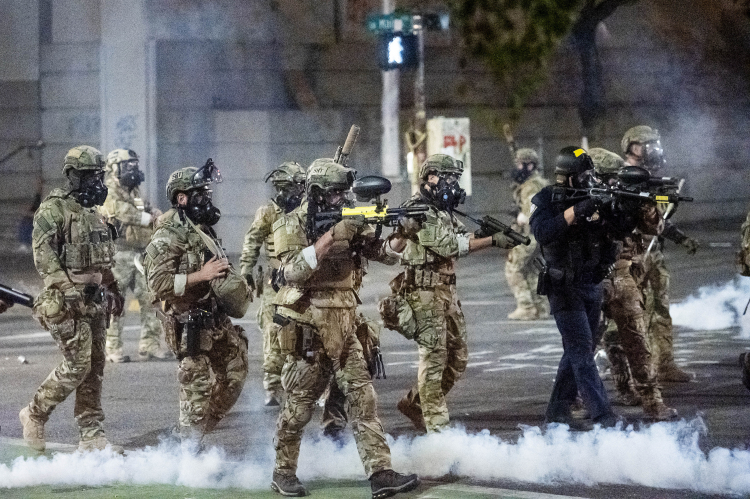
Federal agents were called in to disperse Portland protestors in 2020.
AP
While these scenes did not appear to justify the president’s decision to federalize 200 Oregon National Guard troops to protect local ICE agents, I could understand viewing these images through the lens of 2020, when mobs wearing black masks and wielding steel batons did roam the streets after dark. As I arranged to travel back to the city, I wondered: Was Trump aware of some hidden danger below the surface, or was he just exaggerating, as he tends to do? Was his announcement on Truth Social that he was greenlighting the use of “Full Force, if necessary” of other active military an effort to reignite the embers of 2020? While the city was not yet exploding as I boarded a plane to Portland on the last day of September, it seemed possible that with enough provocation it might soon be.
What I found was a city not on fire, but a more complex story of memory and politics that reflects the legacy and the scars of 2020.
No Hierarchy
There are 10 protesters outside of ICE headquarters in Southwest Portland, three of whom are trying to keep a pop-up tent from blowing away.
“These were all dropped off in the past few days,” says a young woman under the tent, referring to many cases of donated Gatorade and snacks that leave little room to stand. She wears a pink t-shirt. Two men in the tent are dressed, respectively, in castaway shorts and what might be described as hobo-wear. The latter’s mask does not hide the booze on his breath when he tells me, “There is no hierarchy here.”
His statement suggests this crew identifies with Antifa, which famously claims to have no leadership, no way to track its movements, and whose members, one-on-one, are reliably surly and silent. These folks ask if I want a granola bar. More startling is that anyone even Antifa-adjacent will voluntarily speak to a reporter, which in more than a year of covering the 2020 protests, happened exactly once.
Maybe they are looking to redefine themselves, or maybe they are trying to get that feeling of importance again. Whatever it is, today’s crew cannot stop talking. “I got [conservative activist] Andy Ngo fired from Quillette,” a guy with a patchy beard says in the middle of a 20-minute diatribe. (Quillette’s editor-in-chief said Ngo’s departure from the publication in August 2019 was not connected to his having been accused of complicity in a far-right attack on Antifa.)
“They call me ex-MAGA Granny, maybe you’ve read about me,” an elderly woman announces, unbidden.
“THIS IS NOT THE SHINING CITY ON THE HILL. THIS IS NOT WHAT RONALD REAGAN PROMISED ME!” shouts a man with an American flag towel draped around his shoulders.
The action feels random, lackadaisical, very much the opposite of what went down in front of Portland’s federal courthouse in 2020, which did feel like a war zone, with its coordinated assaults; where, after dark, hundreds of protesters pelted the building with rocks and flaming trash; where federal troops stationed inside fired rubber bullets and tear gas. It was a bacchanal of screaming and fleeing and people vomiting from the gas and others attacking the building’s face with fire extinguishers and axes.
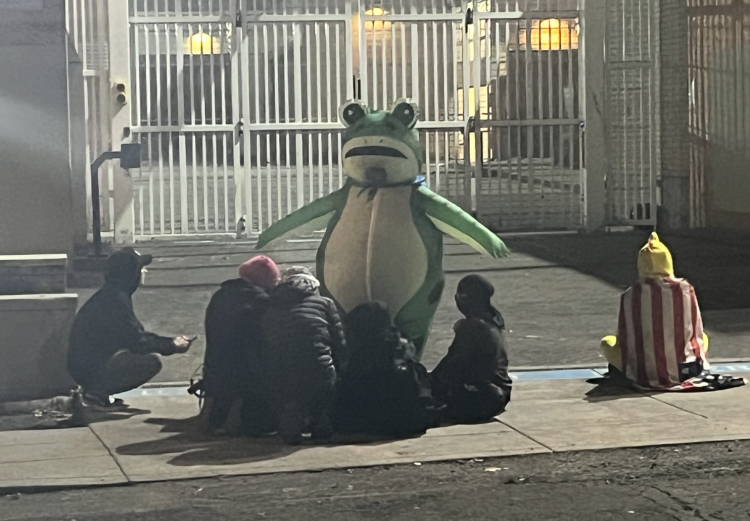
Many 2025 protestors have donned costumes, including this anti-ICE frog.
Nancy Rommelmann
The 2025 protests, by contrast, seem preprogrammed, albeit with a costume switch, protesters swapping head-to-toe black for brightly colored anime costumes, and federal officers masking their identities. Since it’s been more than 100 days since the protests started in May, one cannot perhaps fault the players for falling into a pattern: gates open, protesters yell obnoxious insults (“Kill yourself!” “Shame!”), agents gently or not-so-gently move them off the sidewalk, gates close. Forty-five minutes later, the scene repeats.
The Trump administration claims that Portland police, a half-dozen of whom are amassed down the block, cannot handle the situation. This makes sense only if you are looking through the lens of 2020, a bitch mother of a year none of us can quite tear our eyes away from, the gorgon whose toxic brew of COVID, identity politics, and Donald Trump led folks to lose their collective minds, to wreck their children’s education, to support terrible policies because the “other side” was enacting them, to entrench themselves so deeply that they came to hate their fellow Americans.
“Want a Donut?”
I see Trump calling her into service again, counting on people to visualize street anarchy when they hear “Portland.” This would not be wrong. There was a hundreds-strong fighting force that called itself Antifa and marauded through the streets of Portland for 200-plus nights in 2020. But there is little evidence of these people in front of ICE in 2025. Where are they? What are they waiting for? Assuming they have all been keeping their powder dry since May makes no sense, nor that they would entrust the biggest fight against the feds in five years to a handful of protesters I keep hearing be referred to as “the D-team,” a few dozen of whom squabble each night with an equal number of “randos.” If Trump is trying to make fetch happen with this crew, he’s fighting uphill; the conflicts are not yet combustible, the enemies too diffuse, they don’t look like they used to – and now even include some of the president’s supporters.
“God bless ICE!” chants a big man in a too-tight football jersey as he paces the street in front of the ICE facility. “God bless Donald Trump!”
“What’s your favorite flavor of boot polish?” someone yells back.
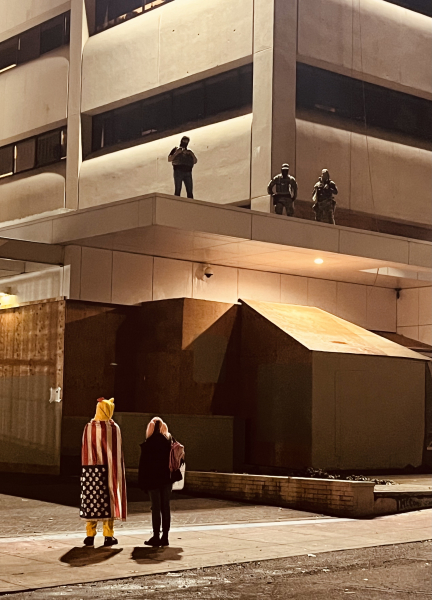
This year's protests, such as this one in front of ICE's Portland office, have not come close to matching the scale of those in 2020.
Nancy Rommelmann
“F*** you, ICE!” a woman screams from the balcony of her apartment, a woman who’s started an Instagram featuring a Simpsons-like caricature of herself taunting ICE agents. On the sidewalk below, a man who looks like he might be more at home on a sailboat holds forth a pink box.
“Want a donut?” he asks me.
“It’s the Internet come to life,” a fellow reporter says, right before the man with the boozy breath corners me; it seems he has something very important to tell me...
“It’s not me saying this, but there is someone here with a loaded weapon on his hip, standing at six o’clock behind me,” he says, indicating a tall, muscular man in a Desert Storm cap, an Army vet named Travis who says he’s here to make sure no one gets hurt. With the exception of some light coughing from pepper-ball projectiles shot by the feds, no one tonight does.
Portland’s Promise
A mural at the east end of Portland’s Burnside Bridge reads “LONG LIVE THE WILDCATS, DABBLERS AND MISFITS.” This strikes me as another reason the city has caught Trump’s eye, with many locals sporting full-sleeve tats, septum rings, and Commie-lite sensibilities. They do not resemble Travis, and do not trust people who do. You can call it a left-right problem, or you can call it what it is: a fear of the other, a fear that, when Trump was elected in 2016, agglomerated to the point of anarchy, an anarchy that became an identity, a torchbearer of the grievances and fears many in the country were feeling. Locked in their houses by a virus of unknown terror and capacity in 2020, many people wanted saving, they needed entertainment, they wished for Trump humiliation or hosannahs, and made a bunch of young adults in bandit masks avatars for any and all.
This led to the inevitability of both the left and the right making an utter hash of what happened on the ground in Portland in the aftermath of George Floyd’s murder by Minneapolis police. While covering the protests, I had conservative radio hosts push me hard to say the protesters were an organized fighting force made up of paid outside agitators, and a liberal publication contacted my editor to say my reporting of chaos in front of the courthouse put their reporter in danger. It was all a mess, a concentration of everything insane that happened in 2020 affixed to 650,000 mostly middle-class people, most of whom hid inside their homes while a handful decided the best thing they could do was burn their own city down.
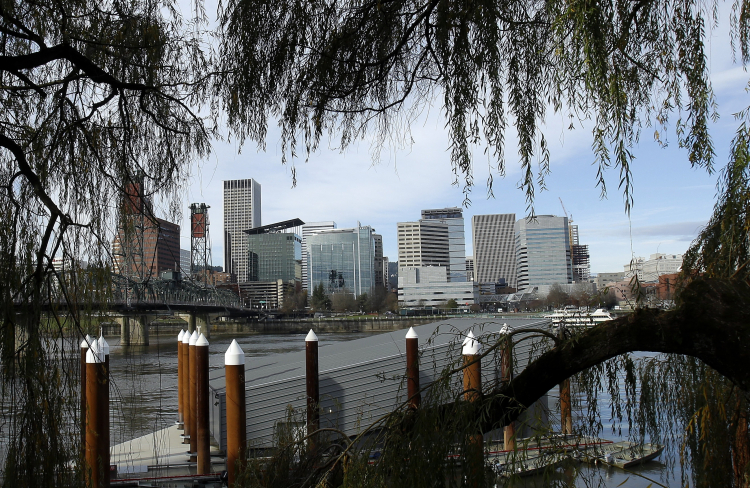
The Portland skyline, seen from the east bank of the Willamette River in 2014, symbolized a city on the rise.
AP
The roots of that violence may be deeper than COVID, George Floyd, and even Trump’s election. Let’s back up to the early aughts, when college-educated singles discovered Portland. They may have been priced out of L.A. or San Francisco or Brooklyn, but Portland was still affordable. If, according to my Portland-raised husband, the Rose City had been “a horrible, depressing place” in the ’80s, by 2000 it was in bloom, with 10,000 mostly young people arriving each year to build their dreams.
Build they did: food carts and bike shops and what seemed like a billion microbreweries. For a decade, Portland delivered on the dreams, became the apple of the food world’s eye. It was the place to be until it wasn’t. Until competition meant rent was no longer cheap, and the New York Times started writing instead about bars in Nashville. Things began to curdle, as they did in many other overpriced American cities. You could no longer get by working part-time as a barista, which didn’t seem fair. And why, a 20-something asked, for a 2010 piece I wrote entitled “Is Portland the New Neverland?” did he have to work as a telemarketer in a suburban Beaverton office park? The easy life was over. Disaffection grew. It had to be someone’s fault, and so, same as it ever was, the disaffected looked for villains. Perhaps that helps explain why young Portlanders became a big part of cancel culture. They seemed to grab it as a form of power that required little exertion beyond denouncing whoever failed that day’s purity test. In 2013, I watched women in a knitting circle heckle a septuagenarian seamstress at a book party for suggesting that many people do not look good in yellow.
“What about people of color?” the (white) queen bee knitter asked, very snide, very certain.
Trump, Floyd & COVID
Disaffection may have turned to righteous delight, but it didn’t pay the bills. And whose fault was this? Enter Trump as the 2016 Republican presidential nominee, and those looking for a target now had a massive one; it was all systems go, let the anti-Trump protests begin. At the same time, Portland’s economy, which had been booming for more than a decade, was starting to flatten. There were many vacant storefronts in downtown Portland in 2018. As the dreams people believed Portland would deliver went kaput, some protesters became more than disenchanted and started looking for bigger fights. By summer 2019, this meant staging battles with Proud Boys and others on the right, battles I saw with my own eyes that were more about live-action role-playing than mortal combat.
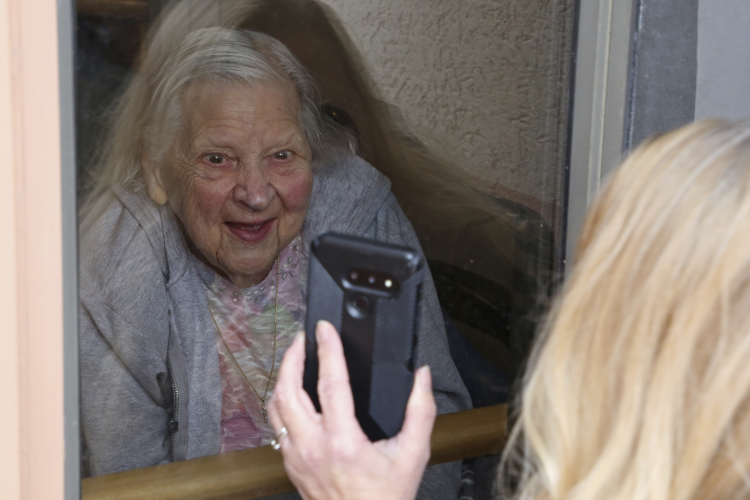
COVID lockdowns fed a sense of helplessness and anger in 2020.
AP
Still, the spark was live, a spark forced indoors during COVID sequestration. What were you supposed to do, at 25, when you couldn’t go to a bar or grab a cup of coffee or hook up? You got horribly depressed (not hard where it rains 150-plus days a year) or, at first chance, you went supernova. The initial protest after George Floyd’s killing brought 10,000 Portlanders marching peacefully over the Burnside Bridge, a peace that immediately broke, with several hundred young people trashing the police station and setting a fire that trapped officers and prisoners in the basement.
All was chaos, and in chaos, opportunity to escape the lockdown and rampage in the streets, night after night after night, there was evident strength in numbers and in costume. Maybe you went to Reed College, maybe you were an unemployed bartender, but put on some black bloc and voila, you were part of a fighting force, one sometimes 600 strong, black-helmeted and marching through neighborhoods like a pack of army ants, shouting at sleeping residents, “Get up! Get up! Get up [expletive] get up!”
Most people did not appreciate the intimidation but did not speak up for fear of being the next target. Meanwhile, elected officials, in their antipathy to Trump, let things go on and on and on. Mayor Ted Wheeler was hounded out of his apartment building for good. District Attorney Mike Schmidt declined to prosecute 92% of those arrested for protesting. All the industry the rioters in the streets, or their older siblings, had put into building Portland they now used to tear it down, without consequence and with heedless jubilation, light shows, indie bands, and noncombatants offering catered food. It was Burning Man on the Willamette, and with everything else in Portland COVID-closed, the only show in town.
By January 2021, the joys of kicking through a metric ton of broken glass, of huffing bear spray or tear gas every night, became boring. The protests petered out. The 600 hung up their bike helmets. And if the energy was not all spent – an autonomous zone did for a time spring up, complete with squatters carrying long guns and pooping in residents’ yards – there was not enough left to keep people hitting the streets. The bulk of protesters had never been committed radicals, had never taken a blood oath to Antifa. If they had, they would have gone full Weather Underground and started building bombs in basements. In fact, the only known Molotov cocktail tossed during the protests was thrown by someone from out of state.
Where’s Antifa?
This is not to say Antifa does not exist in Portland. Rose City Antifa is a well-known, if decentralized, group. Ngo, the conservative activist, was the recipient of two attacks by self-proclaimed members of Antifa at protests in 2019 and 2021, and has since made it his mission to expose and, in my opinion, occasionally overexpose and overstate their threat.
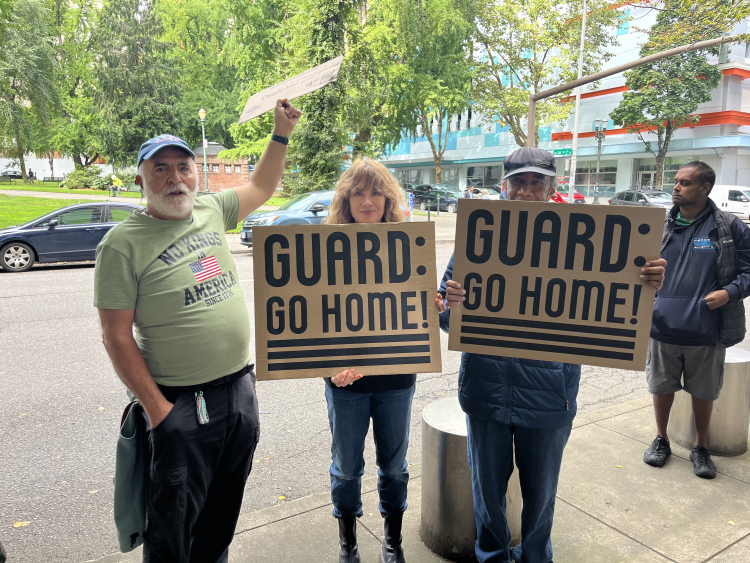
President Trump's deployment of the National Guard roils protestors.
Nancy Rommelmann
In 2025, misrepresentation of Antifa, in order to justify deploying the National Guard at ICE, was the order of the day at an Oct. 8 White House roundtable. Trump was joined by Department of Homeland Security Secretary Kristi Noem, who claimed Antifa was as “sophisticated” and “dangerous” as ISIS, Hezbollah, and Hamas. A supporting cast of self-identified journalists was there to back up her contention, including Nick Sortor, a conservative influencer who had “rescued” a burning American flag from in front of ICE Portland the week before and who now presented the flag to Trump, who in turn responded, “At least that horrible night made you famous.”
I was in front of ICE Portland when Sortor grabbed the flag from the protester’s hand on Oct. 2. The ruckus took maybe 90 seconds. Sortor was arrested shortly after by Portland police for disorderly conduct and quickly released. Still, here was an opportunity, a curated image to feed into a media vortex and a reason to double down on policy. Within hours, Attorney General Pam Bondi launched a civil rights investigation into the entire Portland Police Bureau, and also personally phoned Sortor to offer her condolences.
In 2020, I wrote about how Portland’s wannabe anarchists, with an assist from the liberal media, crafted the images the world saw in order to have their version of the protests blasted into your eyeballs. I am seeing the opposite today, with so-called journalists and influencers having direct lines of communication to the White House, which cherry-picks moments to indict all of Portland to support its claim that a protest on 1.5 blocks is happening throughout the 135-square-mile city. Trump recently claimed there were “very few” businesses left open in Portland, which is both demonstrably false – there are 100,000 open businesses in Portland, 43,000 of them small businesses – and an attempt to smear egg on the face of a city trying to clean itself up.
Yes, many of Portland’s problems are downstream of terrible decisions made in 2020, including the passage of Measure 110, which in 2021 legalized all street drugs for personal use. Already ravaged by the riots, parts of downtown Portland became a zombie-land of overdose and death, and recovery has been slow. The economy may be stuck in a doom loop, and while crime rates are declining, Portland in some ways has resumed the shape it had back in the 1980s: too many opiates, too much rain. Unlike its below-the-radar status then, the city’s troubles are now on a world stage and available to be exploited as a cautionary tale of what happens when far-left politics are allowed to run the show. Trump claims to be bringing order to such cities. But Portland, with 17 murders this year, is not Chicago, where the homicide count stands at 339 to date. Last year, Portland had half the rate of car thefts per capita as Washington, D.C. Never mind; Trump will cast the city in its worst light, will judge it by its worst days, will squeeze the story to a shape that does not resemble the city. It’s all about the 2020 do-over, with Trump this time taking the W, though in this, he may find some unexpected opposition.
Lessons Learned
One lesson I learned five years ago is that reality itself is a contested space in America, where bands on the right and left spend far more time fighting about control of the narrative than battling on the streets – where protest has become a form of theater to be documented and then propagandized. I recall thinking in 2020 how such perversion of reality can lead to real danger; how any ideology predicated on hate for your countrymen contained its own poison pill, and how there would be succor in ceasing to suspect the worst in your fellow Americans.
The people who benefit from propaganda writ large count on this not happening; they need the players to keep doing what they’re doing, need them to spend a 108th night shouting the same slogans and cropping the images just so. We might call these people useful idiots, and there are certainly a few of them in front of ICE every night. But also, people get bored, new people show up, they bring new ideas, they bring curiosity, enough perhaps to throw the scripted narrative off-course.
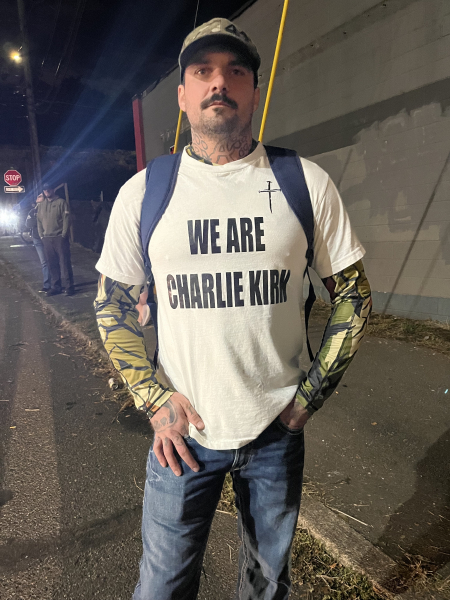
Unlike 2020, counter-protestors have been a common sight in 2025.
Nancy Rommelmann
Something like the weather phenomenon known as the “Fujiwhara effect,” when two intersecting storms merge or cause the other to change direction, is playing out in front of ICE. It’s a Saturday night, and there’s a group I have never seen at a Portland protest. Most are young men. Several wear t-shirts imprinted with the words WE ARE CHARLIE KIRK, with a crucifix over the heart. The anti-ICE protesters, who outnumber the Kirk crew maybe two to one, are not quite sure how to react. Should they start shouting? Are these men with short hair and thick necks going to start throwing punches? Nobody knows, but for now, the effect is to bring the temperature down.
“The people who’ve come to counter-protest I found have been very approachable,” says Jace, an Antifa-adjacent protester who I’ve seen pass out foam earplugs to anyone who needs them and also, on video, scream in officers’ faces. He’s been in front of ICE most nights since June and thinks Kirk’s assassination in September is what drove the new group here.
“I think that a lot of rage and hatred on both sides came out of that event,” he says. “And I think it’s kind of propelled people who are normally like, ‘I’m just going to stay at home and watch these stupid libs get beaten,’ to, ‘I’m going to go out there and do something about it myself.’”
What the Kirk crew does is fascinating when confronted with a protester standing in the middle of the street. He is undersized and wears a chest protector that makes him look like a Ninja Turtle. While I have not seen him before, I have seen a variation of him many times in 2020, people who sought to inflame tensions, who believed that if what they were doing was captured just so, they would be identified as heroes, even if that heroism was in service to a pile of rubble.
Tonight’s protester wants the attention of the men in the Kirk shirts, and so he starts to taunt, saying vile and disrespectful things about the slain right-wing activist. The Kirk crew says nothing. The protester tries harder, hoping, maybe, that one of the men will break out and deck him, that it will all be caught on video. No go. The canned ICE announcement is starting, there’s time for one last taunt, this one involving necrophilia. A few words pass among the Kirk men before one takes a step toward turtle boy.
“Jesus loves you,” he says.
Federal forces show no such composure. When the gates open, more officers than usual begin to march. The melee around them thins as they push us around the corner and down the block for reasons that are unclear. Then they stop. It’s relatively quiet until I hear the “tink tink” of metal hitting the street, gas canisters of military-grade CS gas that immediately release opaque billows of smoke, white and pink and green. I am livestreaming and joke to another reporter, “Ah, the sound of 2020....” And then I am not saying anything because I cannot breathe, and if very soon rivers of tears and snot will be running down my face, for the moment, I can do nothing but crouch on the sidewalk and try to get it together.
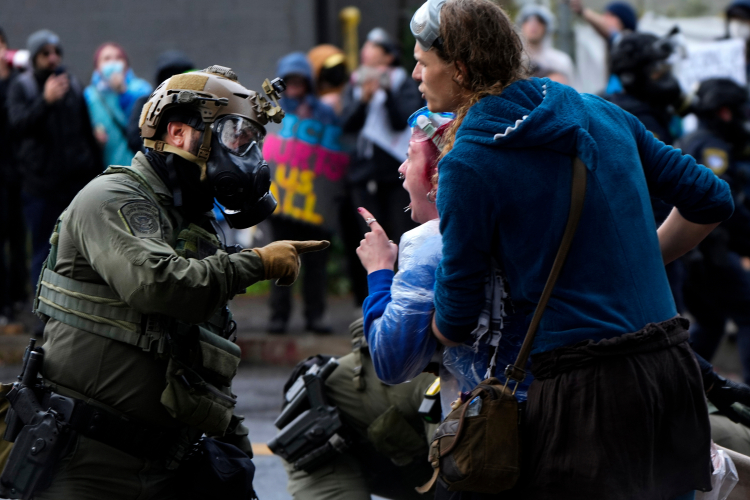
Though the protests are largely lackadaisical, fiery disputes often receive wide attention in the media.
AP
Back at ICE, the officers safely inside, I wonder what precipitated the gassing. Was it because earlier in the day, a federal judge temporarily barred Trump’s order that the National Guard be allowed to come to Portland? Was it being fed up with the nightly show, which increasingly features a cavalcade of dancing people in blow-up animal costumes, a form of not taking the bait that messes with the strongman image, no matter how close Nick Sortor & Co. crop the picture?
Trump will keep trying. He will play the same hand. He will get a different federal judge to allow the National Guard into Portland. He will have Democratic Party politicians pounding the table and writing op-eds about how he’s a threat to democracy, it’s 2020 all over again, they just can’t quit her.
But her handmaidens? I’m not so sure they’re down with the old playbook, and as I watch the ameliorating effect of the Kirk crew, as a few people start to kick a soccer ball back and forth, it occurs to me the standoff might be a denouement of sorts; that repetition and tragedy, at least in this small conflict, have sapped 2020 of her power. The administration may want a do-over of that annus horribilis, and there are people in front of ICE who seem enlivened by spitting hate at the people they’ve been conditioned to hate. But others, including those in the cartoon costumes and the ones with crucifixes on their breasts, seem at least a little curious about one another, seem to be wondering, if tentatively, “Who are you?”








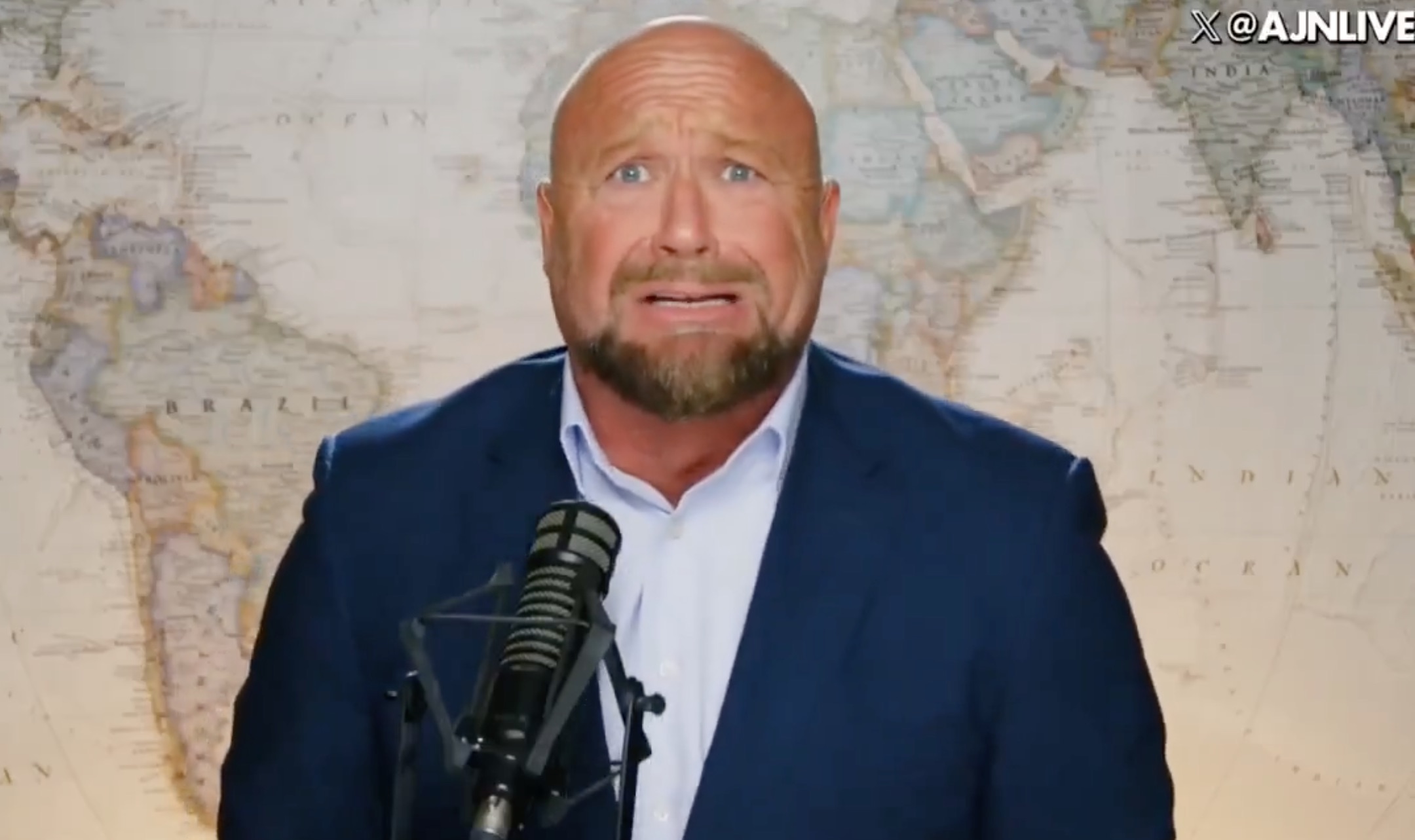
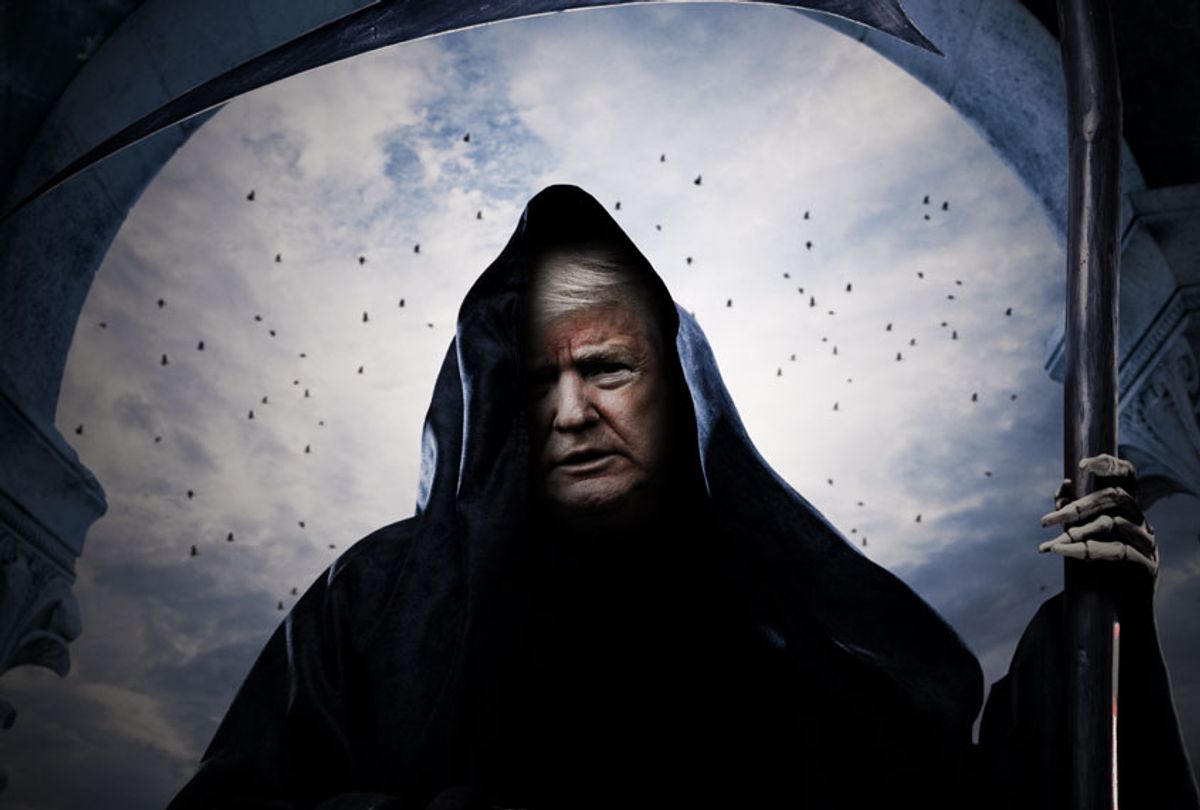

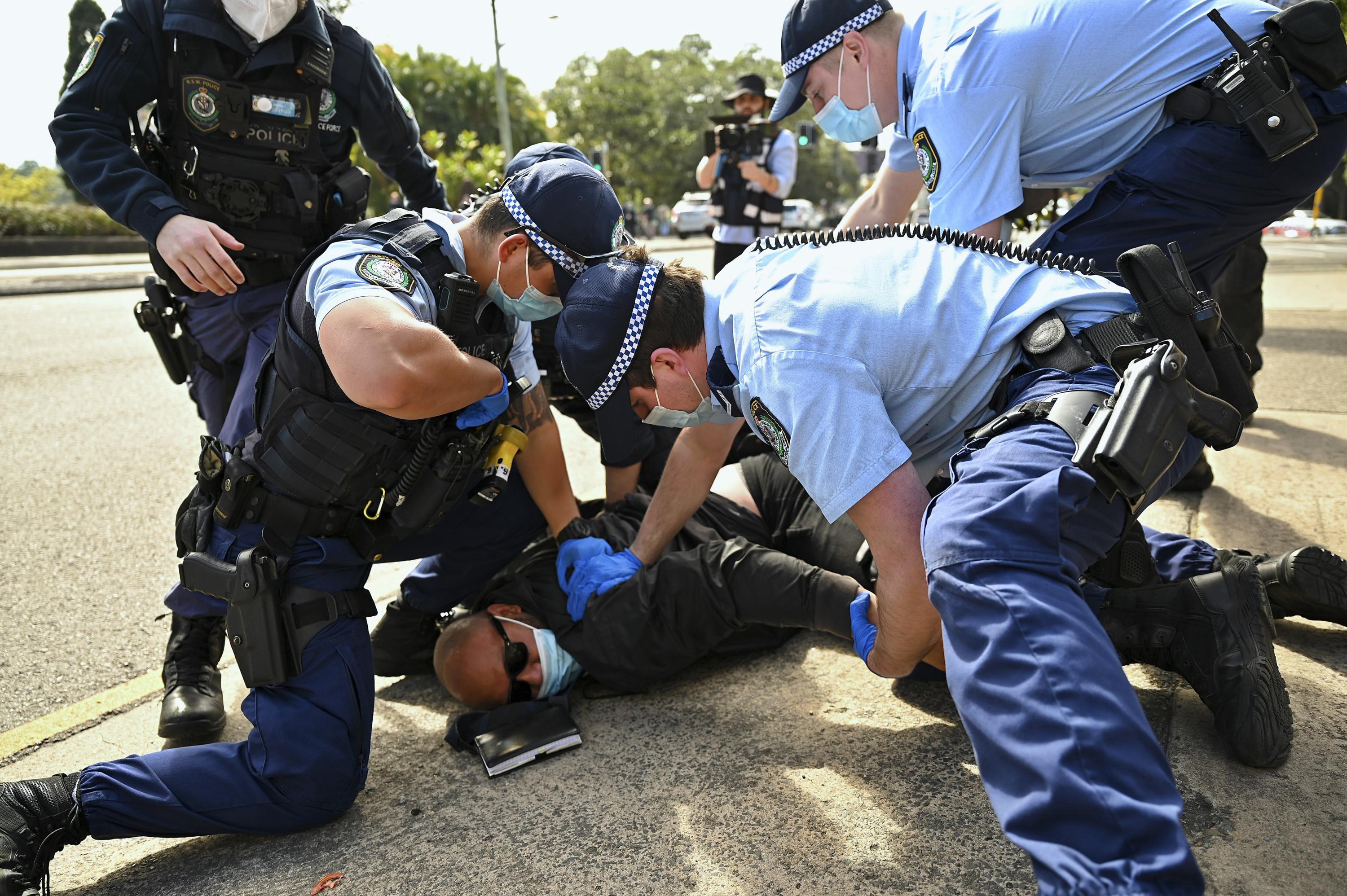
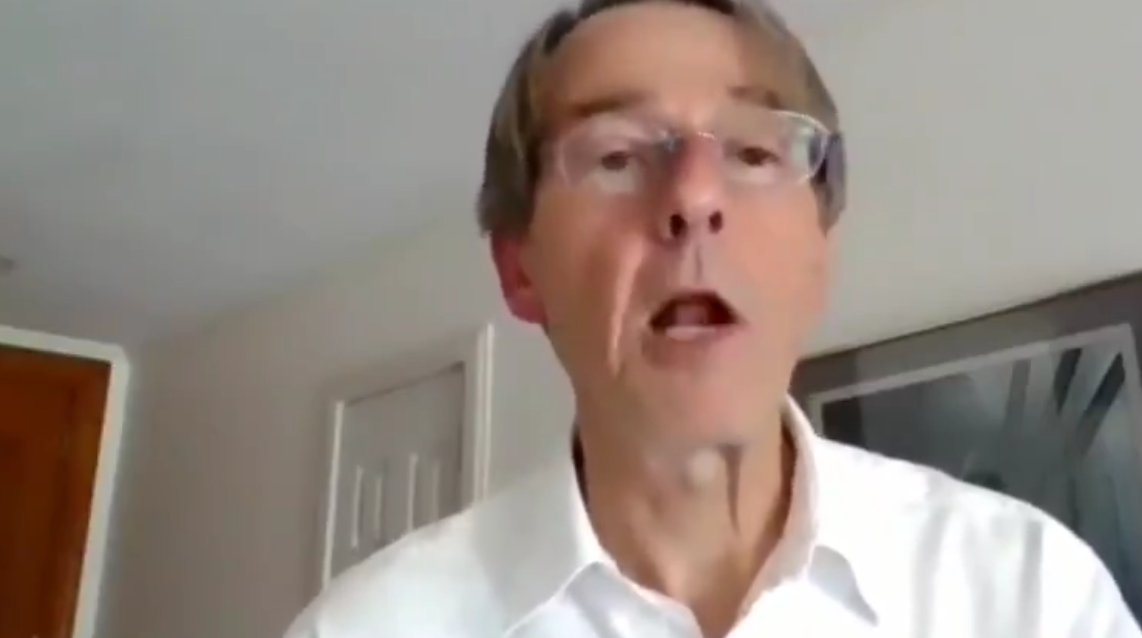


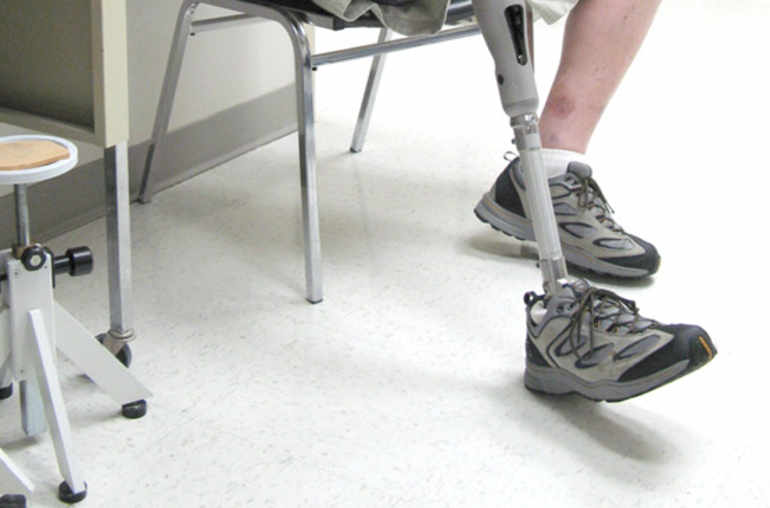
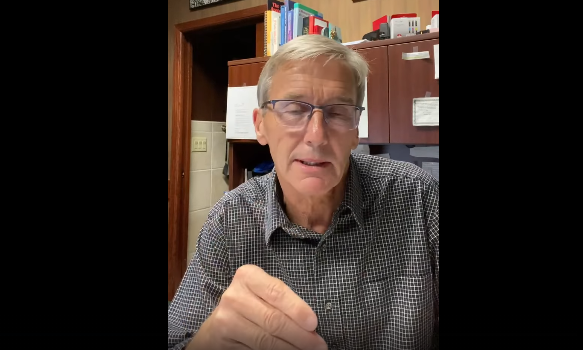
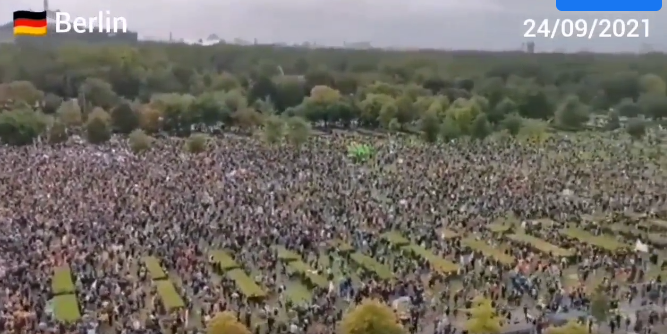
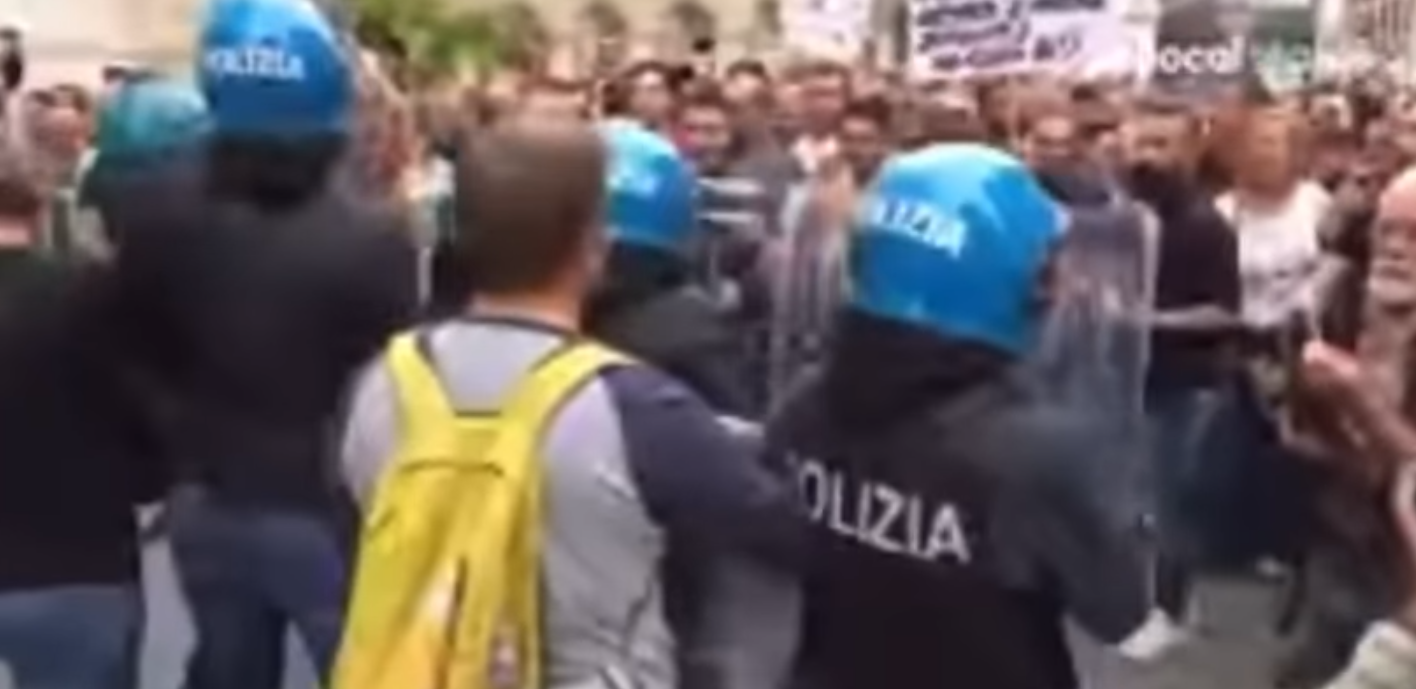

.jpg)

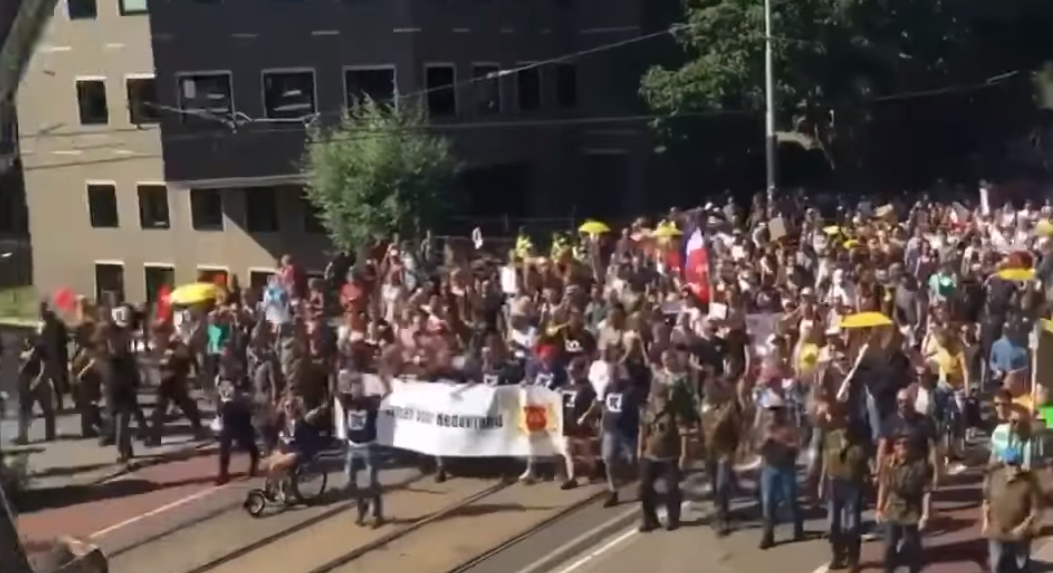
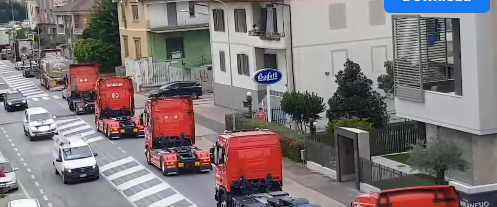
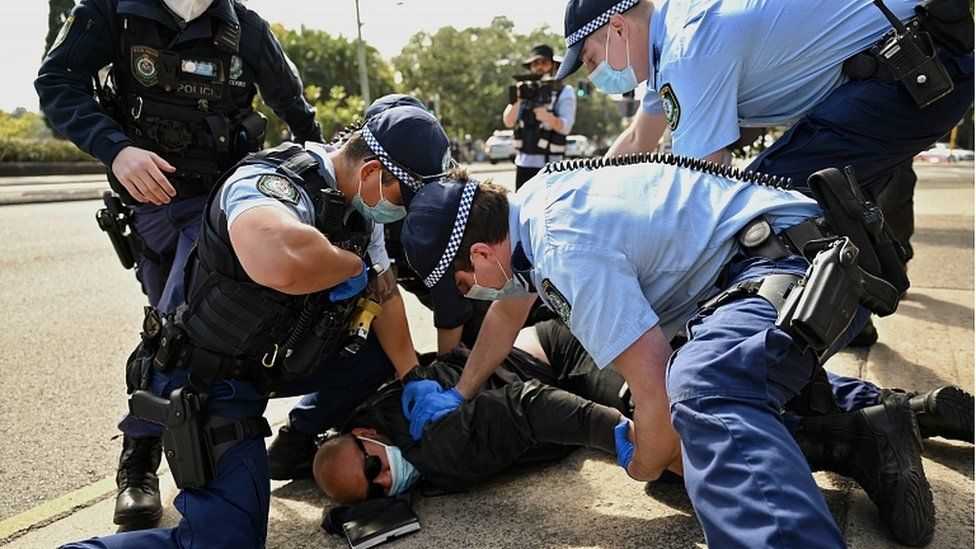
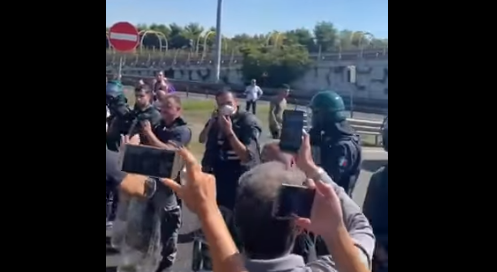

 English (US) ·
English (US) ·  French (CA) ·
French (CA) ·